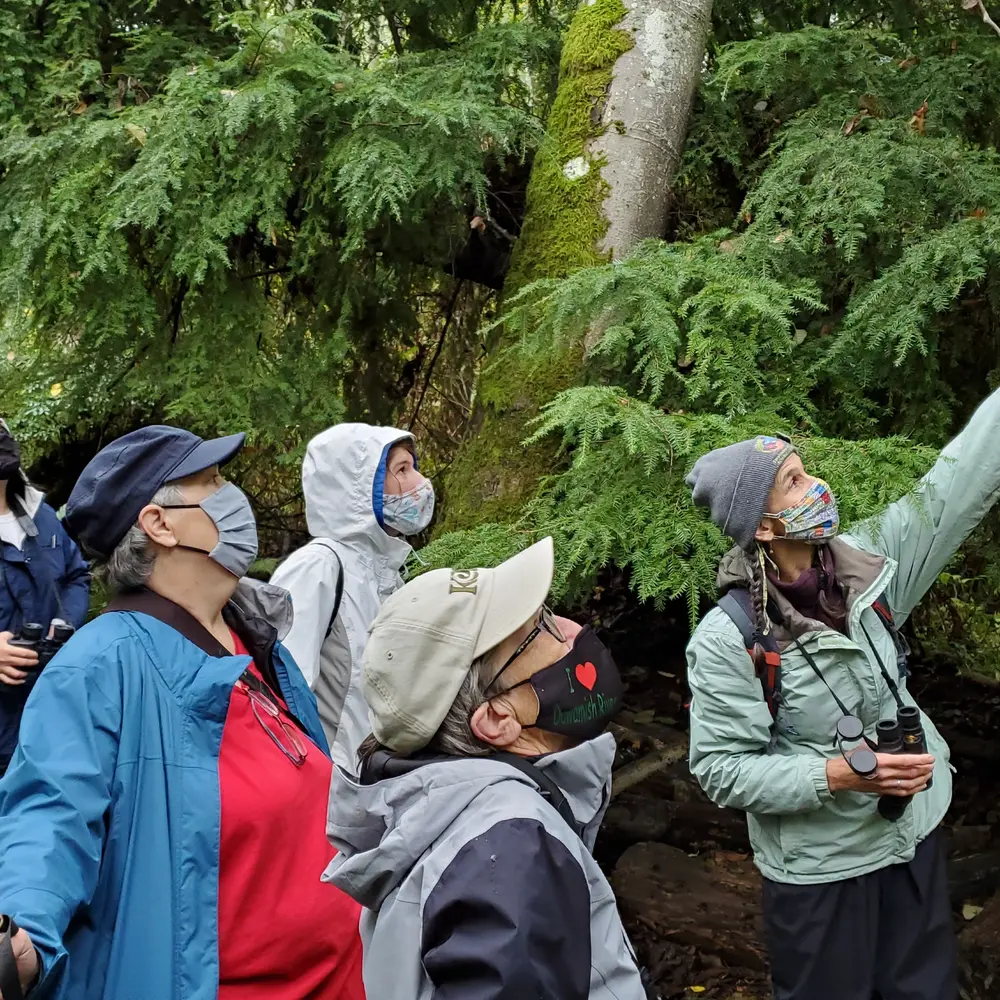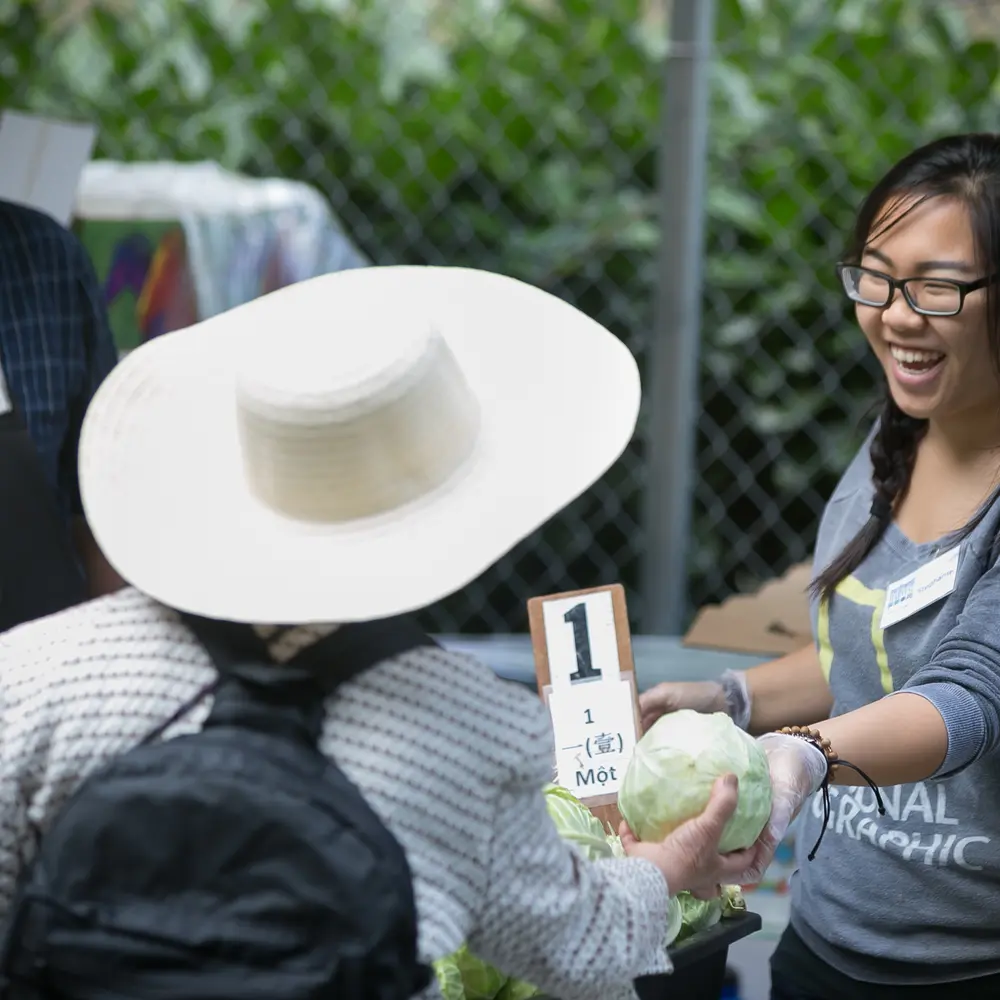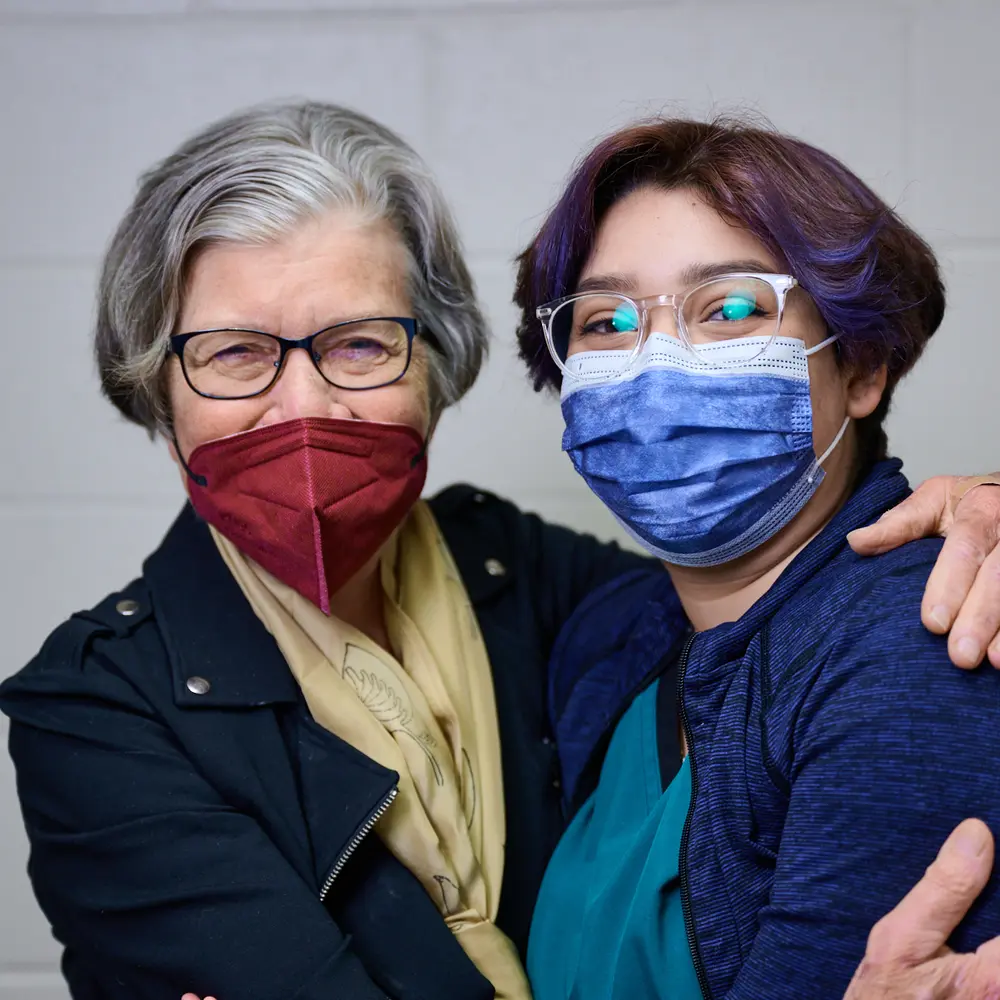It is quite common these days for foundations and donors to look for ways in which they can “measure” the success of the grants they have provided. Best practice in both the not-for-profit and the philanthropic sectors calls for robust assessment and fruitful “investment” or stewardship of resources in seeking to fulfill their mission.
While some groups have focused on using quantitative metrics or data that provide helpful information, many are also realizing that an exclusive focus on metrics may result in results that are inconclusive or unrelated to the central objectives of the work. It is increasingly clear to practitioners that measurement of success or impact is difficult, often expensive, and frequently beyond a numeric metric.
The Murdock Trust has taken a somewhat unique and collaborative approach to “quality control” and assessment in its grants program, choosing to evaluate the strength and effectiveness of the grant recipient and the project prior to the grant, rather than to try to focus exclusively on assessing grant success after the grant. This approach is also consistent with the Trust’s general policy of interactive grant making, rather than a more prescriptive, “foundation centric” grant making, recognizing that the greatest body of expertise in serving the public good resides primarily with the grantee, rather than with the foundation.
In particular, prior to action on any grant, a program director will visit the applicant’s site, looking into the financial strength of the nonprofit, the quality, stability, and experience of the leadership (both of the administration and of the board), and looking for any weaknesses that might jeopardize the success of a grant. It is also necessary at this point to be sure that the program initiation or expansion to be supported by the grant is consistent with the mission of the nonprofit. (If this were not the case, the established effectiveness of the nonprofit would be less likely to carry over to the new project.) The report on this visit then becomes an important part of the discussion (along with other key factors) when action is taken on the application for a grant.
Central to the Trust’s thinking on this approach to assessment and quality is the expectation that the best way to ensure the success of a grant is to assist a nonprofit that is already successful and effective, to become, via the grant, even more effective and successful. In summary, successful grant making, in part, results from helping good nonprofits become even better and more effective in fulfilling their mission.
Another critical component to look for is the ability of the organization to be “self-critical” and to pursue and implement its own assessment and evaluation. Superficial quantitative and qualitative assessment imposed on organizations by well-meaning philanthropy or donors can result in wasted resources and yield unhelpful results. It may even steer the organization away from its core mission or diffuse its focus. However, it does not mean that we don’t encourage rigorous assessment. Healthy and growing organizations are always looking for thoughtful ways to examine and improve their work. The ability to be self-critical is an important quality to cultivate in organizations. Encouraging and supporting such efforts help strengthen the organization for the project at hand as well as for the future of the group. Data, metrics, and qualitative and quantitative assessment will be encouraged as may be appropriate to the organization, the project it is pursuing, and the sector in which it serves.
Finally, it is helpful for both organizations and foundations to be on the lookout for best practices being employed in a sector. Collaboration, partnerships, information sharing, and continuous pursuit of improvement and focus are vital components of the new economy of the non-profit world. When foundations encourage and support such practices, they help strengthen not only the organization they hope to serve, but also the sector in which the organization works . . . and ultimately the individuals, families, and communities we all seek to serve.
So, we are asking organizations the following questions:
- How are they thinking about measuring their own effectiveness—what will success look like when the purpose of the grant is completed?
- How have they exhibited bringing “best thinking” or “best practices” from their own sector (or from an outside sector) to their new project, as well as their ongoing work?
- What are the ways they articulate or demonstrate that the project is central and important to more effectively fulfill their mission?
- What are the evidences of the organization’s leadership to implement and execute the project at hand and how does this move the mission forward?
- What methodologies are they utilizing in their assessment and are those most appropriate for what they are seeking to assess? How does what they learn “work” its way back into the ongoing work of the organization? Does the organization seek to continue to grow, improve, and be more effective and efficient?
- How will the organization sustain the project when special funding runs out?
- How might the group leverage what we give to change their work, build the capacity of the organization or more effectively deploy their resources?
Photo by Mimi Thian on Unsplash
The post Talking Point: Assessment appeared first on M. J. Murdock Charitable Trust.







